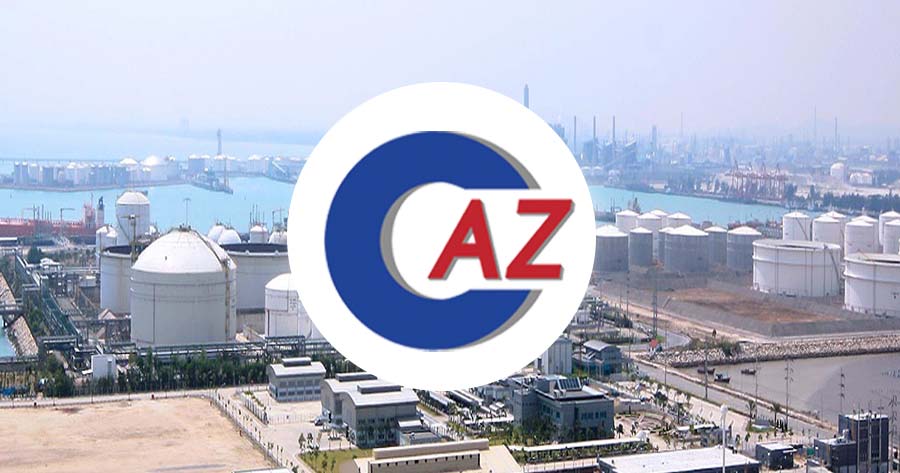At the end of the trading session on Tuesday, the share price of CAZ (Thailand) Public Company Limited (mai: CAZ) jumped by 22.55% or THB 0.46 to THB 2.50, with a trading value of THB 8.27 million.
CAZ (Thailand) Public Company Limited has informed the Stock Exchange of Thailand that the Company has signed an Engineering, Procurement, Construction, and Commissioning contract (EPCC contract) as a party of the Consortium between POSCO Eco & Challenge Co., Ltd. and CAZ (Thailand) Public Company Limited (PEC-CAZ Consortium).
The project was called the Superstructure Work of the Map Ta Phut Industrial Port Development Phase 3 (Stage1). The scope of the project consisted of construction and commissioning of the LNG jetty and receiving terminal facilities approximately 200 rai of reclaimed land (for the first phase of the LNG terminal). The work area is located in Rayong Province.
The contract was signed with a total contract value of THB 11,567,468,000, and has a work period of 45 months.
The EPCC contract was signed between Gulf MTP LNG Terminal Company Limited (GMTP), a joint venture between GULF and PTT Tank, with shareholding of 70% and 30%, respectively. PEC-CAZ Consortium comprises South Korean construction giant POSCO Eco & Challenge Company Limited (PEC) and CAZ (Thailand) Public Company Limited (CAZ). The Map Ta Phut Project aims to reinforce Thailand’s energy security by supporting LNG transportation, aligning with national economic drivers and the growing gas demand, particularly within the industrial sector.
The PEC-CAZ Consortium leverages the combined strengths: PEC, a global leader entity in large-scale infrastructure such as Map Ta Phut Phase 1 and Phase 2 as well as environmentally conscious construction, operating as a subsidiary of the South Korean giant, POSCO Group, while CAZ, renowned for its comprehensive construction services across the energy, oil and gas, and petrochemical industries in Thailand. Together, they will carry out the superstructure work of the Map Ta Phut Project, which includes the design, construction, and operation of the LNG terminal and regasification facilities on approximately 200 rai of reclaimed land, with an initial capacity of 8.0 million tons per year (for the first phase of the LNG terminal).





